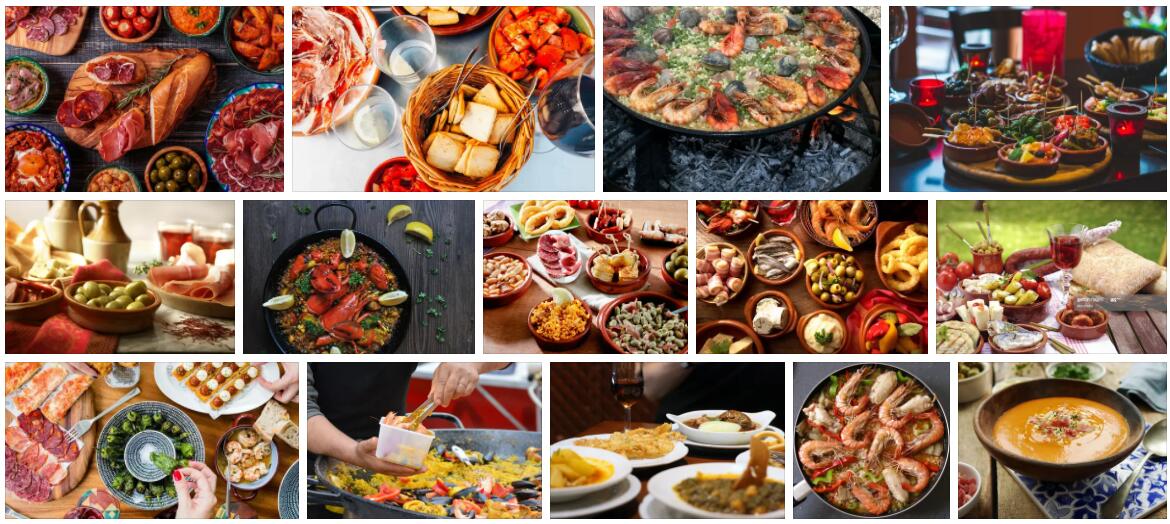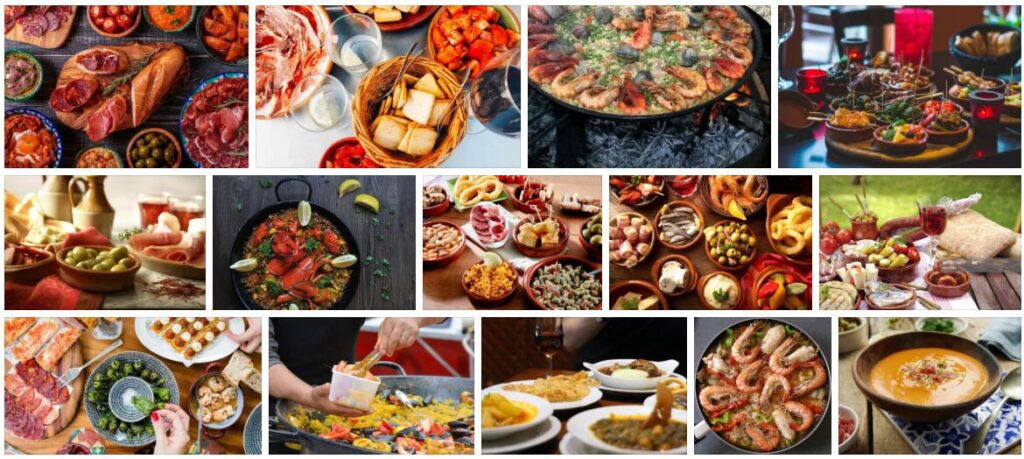Shopping and Eating in Seville, Spain
Seville is one of the largest cities in the country of Spain.
Shopping in Seville
Seville defined by AbbreviationFinder is probably not the foremost destination in Spain for shopping. If that is the main purpose of your trip, you should consider Barcelona or Madrid. But for most of us, there is still a huge selection Seville has to offer.
The foremost and best shopping area is located north of the City Hall, Ayuntamiento. In the pedestrian streets of Cuna, Sierpes, Velazquez and Tetúan as well as around the Plaza Nueva square you will find everything from shoe shops, clothing stores and souvenir shops. In addition to all the well-known chain stores such as H&M, Zara and Boss, you will also find local specialty shops where you can, among other things, sew your own flamenco dress or toreador costume.
If you prefer larger shopping centers, you will find several branches of Spain’s largest department store chain, El Corte Ingles, scattered around the city, including the Plaza de San Francisco, just north of the cathedral. You also have the huge Nervión Plaza in Avenida de Luis Morales, just south of Santa Justa Train Station.
The stores are usually open from 0930 to 1330 and from 1630 to 2000, but this varies. Most of them stay closed on Sunday, although some local businesses may consider staying open. The larger shopping centers do not have siesta, and are open continuously from 1000 to 1900 or 2000. El Corte Ingles is open until 11 pm. 2200.
Markets in Seville
If you are in Seville on Thursday, you should join the street market El Jueves, which takes place in Calle de la Feria, in the Macarena district. Here you will find all kinds of clothes and books, furniture and plates, scrap metal and antiques. Several old objects can be found in the many antique shops in the streets around Plaza Alfalfa.
In general about shopping in Spain
Do not forget that you pay VAT and that on all purchases over 90 euros you can be refunded VAT on departure from Spain. Not all stores have a VAT refund scheme, so look for the Tax Free Shopping badge at the entrance to buy expensive products. Remember to bring a completed and stamped form and receipt.
Eating in Seville
The food culture of Seville is a blissful blend of several cultures. The proximity of two world seas, the legacy of centuries under Arab rule, the discovery of America and the Spanish food culture have all made their mark.
Meals in Seville are an event almost every time, and the Spaniards know to enjoy the food instead of just eating to be saturated. You will find hundreds of tapas bars in Seville, and you will find vacant chairs and tables that are almost at the crossroads, because here you eat as well standing at the bar or at high round tables, while chatting with friends.
The tapas dishes cost anywhere from NOK 25 to 100, which everyone around the table supplies. Accessories are most often beer or manzanilla, a local sherry. These eateries are often called cervecerias or bodegas.
The Andalucia region is considered the birthplace of tapas, and here you will find a list of Seville’s best tapas bars !
Dinner is eaten much later than we Scandinavians are used to, and restaurants rarely start to fill up at 22. But if you have children or want to have an early evening, you will also find places that serve dinner from 2000. Many of the best and most popular eateries are the traditional Andalusian restaurants, and the food here is both good and reasonably priced on a Norwegian scale.
Spain is the world’s largest supplier of olive oil, and this naturally influences the eating habits. Seville is nowhere near as international as the very largest Spanish cities, although there are of course some Indian, Italian and Chinese restaurants here and there.
Spanish wine is both reasonable and good, and is available in all types and price ranges. White wine is called vino blanco, while red wine is called vino tinto. For lunch, it is common to buy House wine (Vino de la casa) either in liter or semi-liter carafes. The Spaniards are also fond of their coffee, and usually drink several cups daily. Café solo is black, strong espresso, while café con leche is with milk. If you want regular “Norwegian” coffee, ask for a café americano.
Adalusian restaurant in Seville
If you want to try an authentic, Andalusian family run restaurant, try Enrique Becerra in Calle Gamazo 2, just south of Plaza Nueva. Located in two 17th-century buildings with marble columns, the place is renowned for very welcoming and personal service.
Here you can try specialties such as ratatouille, gazpacho, beef tail, octopus stuffed and ice cold sangria. Enrique Becerra also has a very well stocked wine cellar with over 11,000 bottles. Reservation is recommended. Open for lunch daily from 1300 to 1700, and dinner from 2000 to midnight. NB Closed Sundays.
Tapas restaurant in Seville
Bar Europe is considered among the very best tapas restaurants in Seville. The origin of the bar dates from the mid-20s, but is naturally restored enough to follow time. You can find Bar Europa at Santa Cruz and Plaza Del Pan. Here you will find 5 types of homemade bread and lots of delicious tapas with fish, ham, rice and much more. And the prices don’t scare anyone.
The address of Bar Europa is Calle Siete Revueltas 35.
El Rinconcillo
If you go to Satna Calina Church, the road is short to the legendary El Rinconcillo in Calle Gerona, 40. The place opened in 1670 and offers Tapas and good drinks. Open all days of the week from 1300 to 0130.






